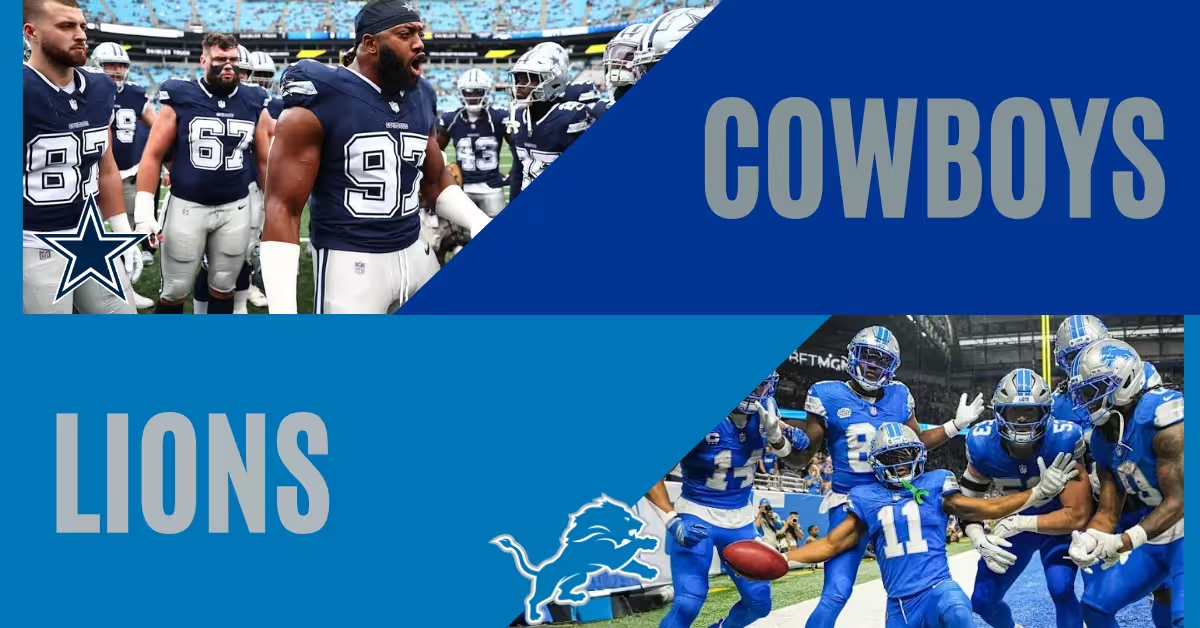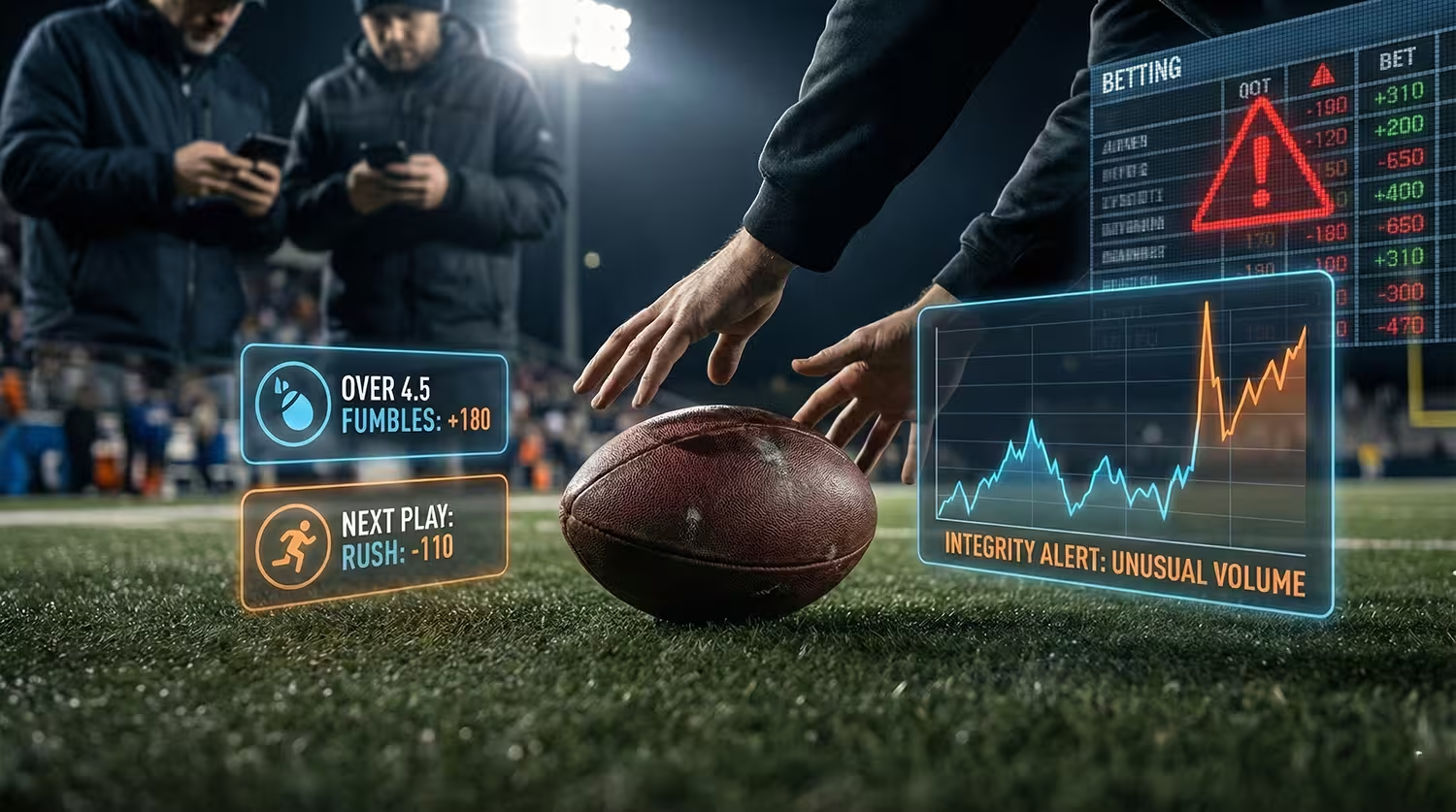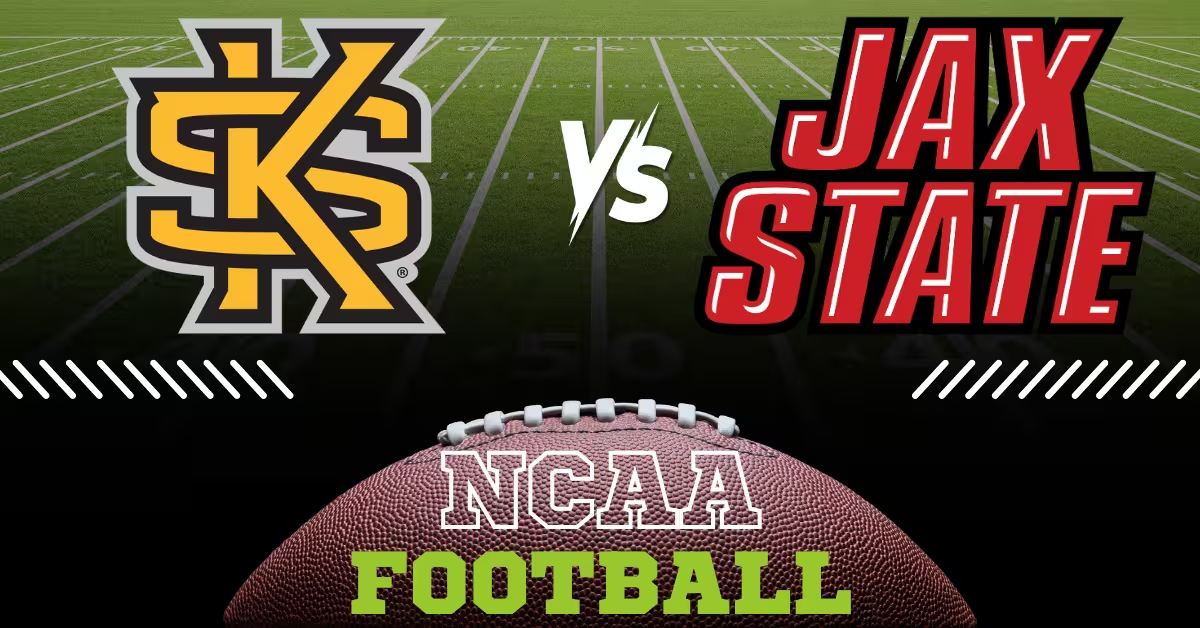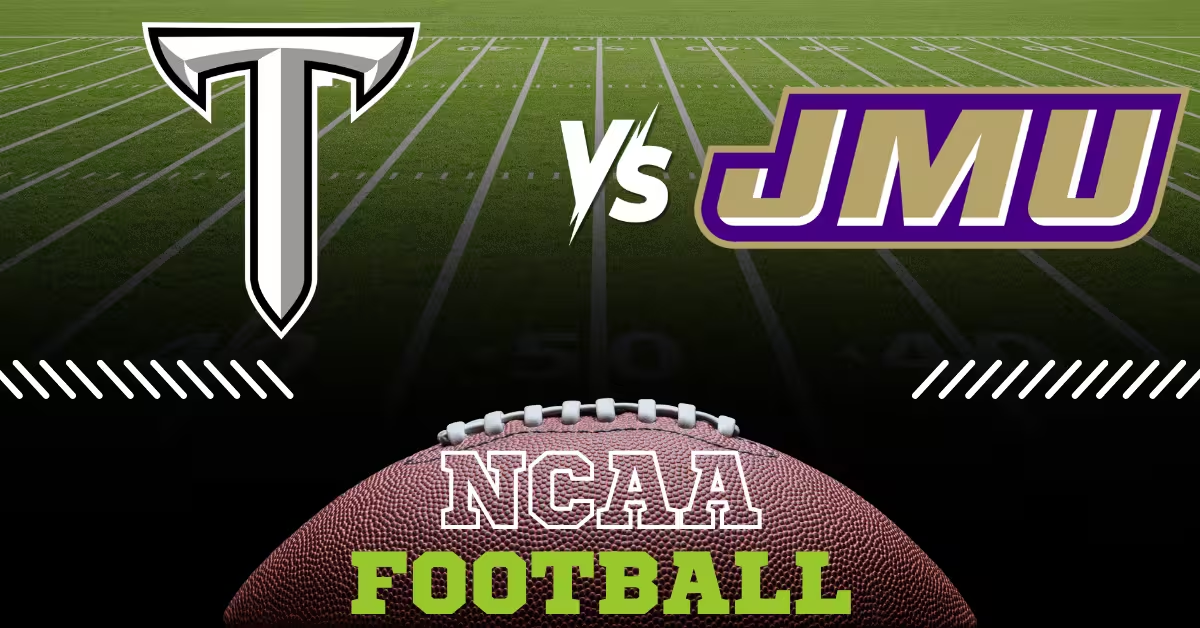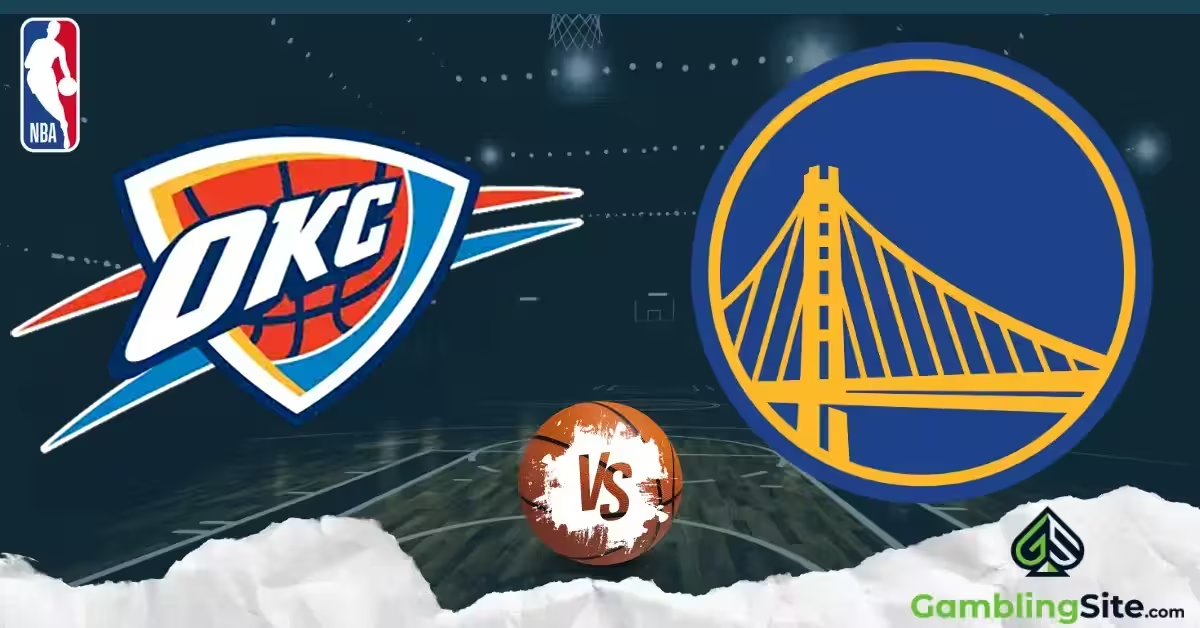What Can Betting Trends Tell You about Upcoming Games?
Ever been checking out the betting odds before a game and wondered why the heck they suddenly move right before it starts? Like, what? And why?
If you’re a betting man (or woman), then you probably understand why lines move. But if you’re new to this? It’s not arbitrary.
Betting lines move for a reason, and it’s usually because of betting trends, which means the patterns in where people are putting their money. In simple terms, betting trends include stats like what percentage of bets and money are on each team, and how the sportsbook odds (“the line”) move in response. And knowing what these trends are? Well, it can give you an insider look at the betting market.
We are gonna break down exactly what betting trends are, the different types of trends you can track, and how to read them! You’ll learn how to tell when a line move could indicate sharp (professional) bettors at work, how to avoid the most common mistakes, and when trend data is useful or misleading. Then you’ll know how to use betting trends to your advantage!
What Are Betting Trends?
Betting trends refer to any data that shows how the betting market is acting before a game, and it primarily includes the percentage of bets on each side (how many individual wagers are on Team A vs. Team B) and the percentage of money on each side (how much of the total money wagered is on each team). It also includes how the betting line moves over time (do the odds get better or worse for a team as the game approaches?). The numbers give insight into the balance of public vs. professional action on a matchup.
Where Can You Find Trends?
Sportsbooks and analytic sites collect and publish all of this trend data. Every sportsbook keeps track of all the bets placed, and most share aggregate percentages. Plus, there are dedicated resources like Covers, Odds Shark, and Sports Insights that provide free public betting percentages.
You can also find consensus figures on sites like the Action Network or Vegas Insider. By checking these sources, a bettor can see if 75% of bets are on the favorite in an NFL game, or if a supposedly “small” underdog is pulling in 60% of the money.
Use multiple sources if you can, since each may be drawing from different books or sample sizes for their data!
Pro Tip: Always check how recent and strong the trend data is before you act on it. A percentage from yesterday or from a single sportsbook can be really misleading if things have changed. Make sure the data is from today and based on a decent sample of bets so you’re not acting on stale info!
Types of Betting Trends and What They Reveal
Ok, let’s unpack the main types of betting trend data you’ll come across, and what each one can tell you about an upcoming game, so you can interpret the story behind the odds!
Public Betting Percentage
Public betting percentage (usually called “bet %” or tickets) is the share of the total number of bets on each side of a wager. It tells us how the majority of bettors are betting.
If the Golden State Warriors are playing the Portland Trail Blazers and 70% of all bets are on the Warriors, then the Warriors have a 70% bet percentage. This metric is a decent gauge of “who the public is on.” A very high bet percentage (say 75% or more on one side) signals one team is a popular pick among casual bettors. In betting slang, a side getting heavy public betting is called the “public” or “square” side. Betting percentages show you which team Joe Public is loading up on, but they don’t tell you how big those bets are; that’s where the money percentage comes in.
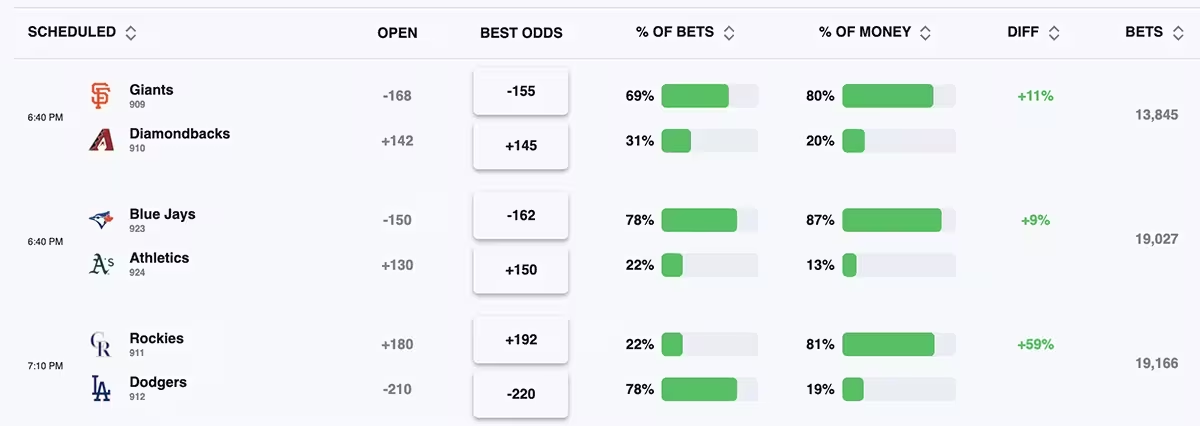
Money Percentage
Money percentage (also called handle percentage) represents the share of the total money wagered on each side of a bet. It can differ from the bet percentage because not all bets are equal in size.
Say the Warriors have 70% of the number of bets, but if a few big wagers went down on the Blazers, the Blazers might account for around 60% of all money wagered. In this case, even though more people bet on the Warriors, more money is actually riding on the Blazers.
Sportsbooks care more about where the money is going than the raw ticket count, because large bets (usually made by sharps) can sway their risk.
If you see a big gap between the bet% % and money% % on the same team, it’s a big hint that larger bettors are on the side with the higher money share. In the example above, if the Warriors have 70% of bets but only 40% of the money, while the Blazers have just 30% of bets but 60% of the money, it likely means well-informed bettors hammered the Blazers. Then, sportsbooks respond by moving the line in favor of the Blazers despite the Warriors’ popularity. When the line moves toward the side with fewer bets (because that side has big money backing)? It’s called a reverse line movement.
Line Movement
Line movement refers to how the odds or point spread for a game change from the opening line to the current moment. If a team opens as a 7-point favorite and later is only a 6-point favorite, that line has “moved” by a point. Tracking line movement is really important because it shows when and how bettors and sportsbooks have reacted since the line was set.
There are a couple of things to watch in this scenario: how much the line moves, and when. Large, sudden line shifts usually mean a lot of money came in on one side. Sportsbooks adjust odds to balance their risk, so if one side is getting slammed with bets? The book will make that side less attractive with worse odds or a bigger point spread to encourage betting the other way.
This creates opportunities for contrarian bettors; if everyone is chasing Team A and the line moves to make Team A a heavier favorite, betting Team B +points could now be a better value than it was initially. But not all line movement is due to betting percentages; new info like a star player injury or a change in weather can also make a line jump right before the game, so it’s important to distinguish a market-driven move from a news-driven one.
Two terms you’ll hear in this context are steam moves and reverse line movement. A steam move is a sudden, uniform line move across the entire betting market, caused by a wave of money hitting one side.
This happens when a respected syndicate or group of sharp bettors all bet the same side at multiple books around the same time. If every sportsbook sees Team X go from -3 to -4 within minutes, that wasn’t a coincidence; it was caused by a lot of smart money “steaming” Team X (big betting groups coordinate wagers to hit many books at once).
Steam moves indicate strong professional opinion on one side, but beware: sometimes sharps create a steam move on purpose to trigger a line swing and then come back on the other side at a better number (a strategy known as a “buyback”). In any case, a noticeable steam move tells you the pros greatly affected the odds.
Reverse line movement (RLM) is when the line moves in the opposite direction of the public betting percentages, and it’s one of the clearest indicators of sharp action.
If the New England Patriots open as a 7-point favorite against the Jets and about 75% of the bets are on the Patriots, you’d expect, if anything, the Pats could go to -7.5 due to all that public support.
But if the line drops to Patriots -6.5? That’s a reverse line move toward the Jets (the unpopular side). It usually means heavy money came in on the Jets from sharp bettors, and it was enough to outweigh the smaller public bets on New England.
The sportsbook “moved the line” against the grain of public opinion because informed bettors took the Jets +7. By spotting RLM, you can usually tell which side the smart money is on, even if it goes against the crowd. Another thing to note is when the line moves: a big move that happens late on game day, when betting limits are highest, is the most telling. Those last-hour line changes are driven by pros placing large wagers (since sportsbooks accept bigger bets closer to game time). Early-week line moves can also involve sharps, but they could be taking positions or middling; the late moves, in most bettors’ eyes, carry the most weight as a true sharp signal.
Historical Trends
Apart from live betting splits and lines, betting trends also refer to historical data about teams and situations. These are the situational or historical trends you hear in analysis or see on TV graphics: like, “The Cowboys are 10-2 against the spread in their last 12 home games” or “The under has hit in 6 of the last 7 meetings between these teams.” The trends look at past performance in similar spots. Bettors and analysts cite them to find patterns that could be relevant to the upcoming game.
But you should use historical trends with caution! Sure, they can be interesting and sometimes useful, but past performance doesn’t guarantee future results. Some trends might have predictive value (like a team consistently playing low-scoring games due to style of play), and others are just statistical BS.
Historical trends can lead you down a rabbit hole of meaningless correlations if you’re not careful, and you have to consider why a trend could be true. Is there a logical reason behind a team’s success or failure in those situations (coaching strategy, matchups, travel, weather, etc.), or is it just a stat?
And pay attention to sample size; a trend that’s 8-0 could be more meaningful than one that’s 3-0. A good rule of thumb is to treat historical betting trends as supporting info. They can tip you off to something, but you should still be analyzing the matchup and context. The players, coaches, and circumstances change year to year, so a long-term team trend could include data from a team makeup that no longer exists.
How to Use Betting Trends to Predict Outcomes
Want some practical ways to incorporate trends into your handicapping? You got it! Plus, there are a few things to watch out for.
One of the first things savvy bettors do is check if the money distribution differs from the bet distribution. If a team has a much higher money percentage than its bet percentage, that’s often a sign of sharp action on that side. For example, if only 20% of wagers are on Team X but those bets make up 50% of the money, it’s a huge tip-off that big bettors (pros) are backing Team X. In that scenario, the “smart money” is fading the public. By spotting these disparities, you can piggyback on where the sharps are placing larger bets.
If you see the betting line move against the popular side, take note. For instance, say 80% of bets are on Team A -6, but suddenly the line drops to Team A -4.5 – that’s a classic case of reverse line movement. It indicates that despite the heavy public backing of Team A, significant money came in on Team B (enough to move the odds in Team B’s favor). Following those contrarian line moves can lead you to value, because it suggests that the sharps saw something in Team B that the public ignored. In short, when the line moves the opposite way you’d expect given the public betting, it’s often the sportsbook tipping its hand that the sharp side is the one less bet by the public.
Certain popular teams – think the Dallas Cowboys in the NFL, the Los Angeles Lakers in the NBA, or the New York Yankees in MLB – are public betting magnets. They have huge fan bases and attract a ton of casual bets no matter what. This can skew public numbers. Sportsbooks know this and often shade lines toward these popular teams (making them slightly more expensive to bet) because they anticipate that public money. As a bettor, be careful not to follow a heavily publicized team blindly. Just because “everyone” is betting the Cowboys doesn’t mean it’s the right side – in fact, it often inflates the line. The flip side is that the less glamorous opponent might offer value. Betting trends will show you these cases: if you see 85% of bets on the Lakers, you might pause and reconsider if the line is inflated. Sometimes the best play is to be on the side of the unfashionable team that the public is neglecting.
Not all sharp bettors always agree, but when you find multiple indicators aligning, it can strengthen your confidence. For example, if the betting percentages, line movement, and perhaps other signals all point to Team Y as the sharp side, that’s notable. The Action Network’s analysts have noted that they look for games where multiple sharp moves hit the same side across different sportsbooks – it signals that sharps are united on that play. If you’re seeing, say, low bet% % but high money% on a team, plus a reverse line move in their favor, plus maybe a well-known “sharp” tipster or two on them – that convergence is a green flag that the side has serious professional support. While nothing is guaranteed, a strong, sharp consensus can be a more reliable indicator than a single data point.
Example Scenario
Let’s put it all together. Imagine Team A is a 5-point favorite against Team B.
TEAM A
TEAM B
-5
+5
Throughout the week, about 80% of the number of bets are coming in on Team A – the public loves them. However, you notice that only 40% of the money is on Team A, while Team B is getting the other 60% of the money. On top of that, the point spread, which opened at Team A -5, has now moved to Team A -4. This is a big red flag that the public and the sharps are divided. The majority of casual bettors are on Team A (hence 80% of tickets), but larger, likely sharp bets have piled on Team B (hence the majority of the money), and those big bets actually caused the line to move toward Team B (from +5 to +4). In this scenario, reading the trends would tell you that sharp bettors are backing Team B, even though Team A is the popular play.
The interpretation: Team B might be the smarter side to bet, or at least Team A might be riskier than it appears, because the most knowledgeable money is against them. These are the kind of situations where following the trend data (and going against the public) can pay off.
Common Misconceptions about Betting Trends
Before you start living and breathing by betting trends, we’ve gotta clear up some common misconceptions. Yes, trends are useful, but there are plenty of ways to misinterpret them!
‘Betting Trends Predict Who Will Win’
This is the biggest misunderstanding. Betting trends show you where the money and bets are going, not which team is better or will cover the spread. They’re insights into market psychology. Seeing 90% of bets on one side doesn’t mean that side is a guaranteed winner (if anything, some contrarians would say it’s scary!). Likewise, spotting sharp money doesn’t mean the sharps are always right; even the pros lose bets. Use trends as info, not as a prophecy.
‘If the Public Is All on One Side, That Side Is Definitely Wrong’
Not necessarily. While fading the public is a popular strategy (because sportsbooks do make money long-term from public losses), it’s not a sure thing every time. The favorite the public loves will still cover the spread sometimes. Upsets that “everyone” is on do happen. And occasionally, the public and sharp money actually line up on the same side of a bet. There are days when the obvious side is actually the right side, and everyone wins. The key is to recognize that the public-heavy side comes with potential inflation in the line and extra risk, but you shouldn’t auto-fade (blindly bet the opposite) without any other reason.
‘Trends Can Be Used in a Vacuum’
Wrong! Context is everything. Betting trends are most useful when combined with other analyses like injuries, team matchups, weather, and scheduling factors. If you see a reverse line move on the underdog but then discover the favorite’s star quarterback got hurt in practice, the “sharp move” might have just been an injury reaction. Or a team’s historical trend (e.g., “5-0 ATS in December”) might be skewed by facing weak opponents each time. The point is, always contextualize trend data. Smart bettors use trends to inform or confirm a theory, not as a standalone reason for a bet.
‘All Trend Data Is Trustworthy and Forever Relevant’
Be really careful here, because nope! Trend stats can be misleading or outdated. Public betting percentages and line moves should be current; as we said earlier, something from three days ago might have changed by game day. And a trend over many years could involve different coaches, quarterbacks, or even a whole different era of play, so its relevance today might be nil.
Always check the source and context of a trend. Is it a genuine edge or just a fun factoid? And verify that any percentage you rely on is up-to-date. Betting markets evolve super fast; even on game day, the splits at 10 a.m. might shift by 1 p.m. if a wave of money comes in. If you’re looking at free consensus data, refresh it and note the timestamp.
When and When NOT to Rely on Trends
Betting trends are only situational tools. That means there will be times when they’re particularly helpful, and others when they can mislead you. How do you know the difference? Here’s when and when not to rely on them!
When to Use
- Finding Market Inefficiencies: Trend data is great when you suspect the betting market has overreacted or is off-kilter. If one side is getting hammered by the public, the odds might shift to an extreme that creates value on the other side. By looking at bets and money splits, you can spot these lopsided situations. Maybe a team is wildly overhyped one week; the public pours in, the point spread moves 2-3 points, and now the other side is getting a more generous line than they should. That’s a potential market inefficiency caused by public bias, and the trends will help you identify it.
- Confirming a Suspicious Line: Ever see a point spread and think, “Hm, that looks off… why are the oddsmakers giving that many points?” Trend data can help confirm or deny your suspicions. If you feel an underdog is undervalued and then notice the percentage of money is leaning toward that dog (or the line is moving toward them), it validates that sharps might agree with you. And if you think a favorite seems too obvious, and the trends show heavy public action on that favorite plus maybe a lack of line movement (a “line freeze”), it could reinforce the idea that the book is happy to take those public bets.
- Timing Your Bets: Knowing the trends can also guide when to place a bet. If you see that the public is all over one side and the line is moving, you might bet sooner on the side you like before the number gets worse. If you suspect late sharp action on an underdog, you might wait until closer to game time when the line potentially peaks in your favor (thanks to public money) and then sharps hit it.
When Not to Use
- Blindly Following Percentages: Don’t ever make a bet just because of a betting trend in isolation. Betting an underdog solely because “only 20% of people are on them” can be really dangerous. Yes, going contrarian has merit, but it’s not a guarantee. If it were that simple, everyone would do it and win. Use the trends as insight, not as a standalone betting system. The same goes for tailing sharp money: just because the money % says sharps are on a side doesn’t mean that side will cover this time. The info tilts the odds in your favor, but you still need to consider the matchup and make sure you’re comfortable with the bet.
- Betting Low-Volume Games Based on Trends: Public betting percentages are most meaningful in games where there’s a lot of betting activity. In a Super Bowl or March Madness game, millions of dollars and tens of thousands of bets might create a reliable picture of “public vs sharp” splits. But in a small college basketball game or a random Tuesday baseball game with light action, the “public” percentages can be misleading. A game with few bets might show 90% on one side simply because one or two big bets skewed the numbers. There’s not enough volume to truly have a public/sharp divide. Contrarian strategies tend to work best on big nationally televised games or heavily bet matchups where public bias is strongest.
- Ignoring Matchup Facts: This is the other side of the “use context” mantra. If you find yourself wanting to bet solely because “sharp money is on it” but you have no idea about the actual matchup, pump the brakes. Sometimes, there are very good reasons the public is on one side. If you ignore those and only see the percentages, you might bet a clearly inferior side just because the numbers looked contrarian. That’s not smart! Always marry trend data with actual game analysis. Trends should support a narrative, not replace it.
Our Take: Do Betting Trends Actually Help?
Are betting trends actually worth paying attention to? In our view, yes! But that’s only if you use them correctly. Betting trends can absolutely help you make more informed wagers.
They’re great for gauging market sentiment, finding out where the sharp money might be, and avoiding some traps set by public bias. We’ve personally found them super useful for spotting early sharp moves (particularly on opening lines) and for deciding when to fade a trendy favorite. When we see a big reverse line move on a college basketball underdog, it pushes us to take the points, or if we notice a line freeze when a team is getting heavy public bets, it confirms our lean to the other side.
But trends are just one part of the equation. Think of them as an indicator in your arsenal, alongside things like team stats, injuries, weather, situational spots, etc. They work best as a supporting tool, and when used wisely? Trends can improve your edge, as they highlight betting opportunities you might otherwise overlook. But if you follow them blindly or make them the be-all and end-all of your handicapping, they can lead you astray. It’s all about balance.
The smartest approach is to integrate trend analysis into a broader betting strategy. Pay attention to them, but also trust your own research and judgment on the games. Everyone has a different style, and trends could fit into yours! Betting trends do offer valuable insight into the betting market; you just have to know how to interpret that insight and when to weigh it against other factors.
Conclusion: How to Use Betting Trends Without Getting Burned
Betting trends can be your friend or your foe; it all depends on how you approach and harness them! Do your own research, and verify, verify, verify!
Look below for a brief refresher on how to use betting trends in a responsible way:
- Trends reflect market psychology, not game outcomes. They tell you who is betting, not who will win. Use them as hints about market sentiment.
- Use trends as a tool, not a rule. Let them inform your betting decisions, but don’t base your pick on a trend stat! Combine trend data with your own analysis of the game.
- Cross-check with other info (injuries, matchups, models). A betting trend is much more powerful when it matches up with logical factors. If everything points in the same way, like the matchup, the news, and the betting trends, then it’s a stronger play.
- Be disciplined and don’t chase after every line move. Not all steam moves or sharp action alerts are worth a bet. Sometimes the best decision is to pass if you’re not confident enough in the reason behind a move.
- Track your results and learn. If you start using trends, keep notes on what worked and what didn’t. Maybe you’ll find you had success fading the public in big games, or that certain types of reverse line moves were particularly predictive. Then you can fine-tune how you leverage trends in your betting strategy!

Alyssa contributes sportsbook/online casino reviews, but she also stays on top of any industry news, precisely that of the sports betting market. She’s been an avid sports bettor for many years and has experienced success in growing her bankroll by striking when the iron was hot. In particular, she loves betting on football and basketball at the professional and college levels.




